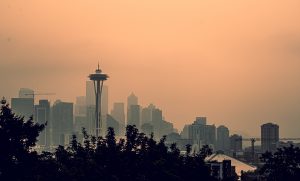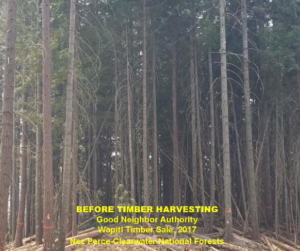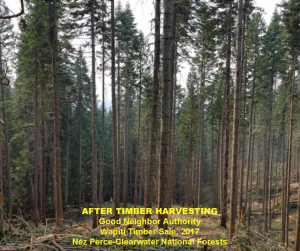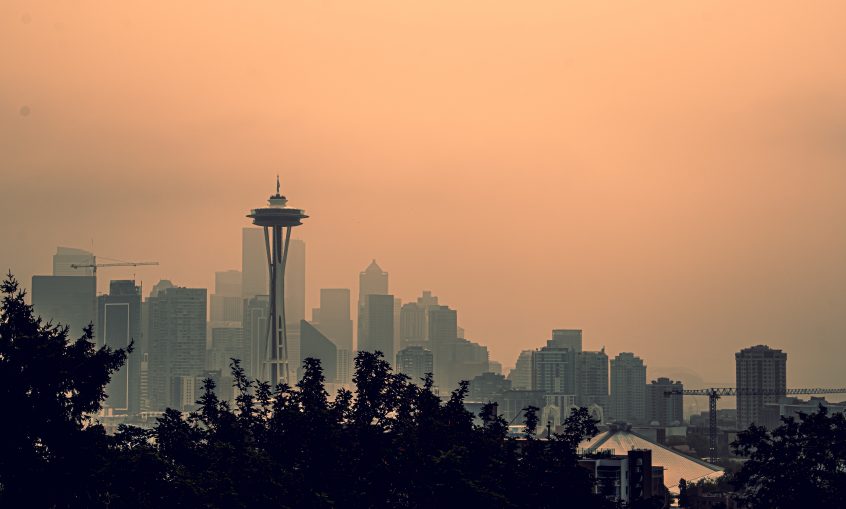Forest fires and wildfire smoke were on the minds of many last week as smoke blanketed every corner of Washington state, making national news and dominating local news headlines.

But as firefighters work to contain the multiple large fires on both sides of the Cascades, one thing is painfully clear, unmanaged forests are amplifying an already challenging – and dangerous – situation for firefighters, nearby residents and public health statewide. For the sake of our health and wellbeing, state leaders and policymakers must recognize that active forest management approaches like harvesting, thinning, underbrush removal and prescribed fire are necessary tools that promote healthy, resilient forests.
While forest fires can play a vital role in forest health cycles, excessive fuels from lack of management and thinning – coupled with warmer drier conditions – are creating catastrophic conditions in the forest. These larger and more intense wildfires are threatening community health, inflicting millions of dollars in property loss and damage, risking lives and causing environmental damage. The fires and recurrent smoke exposure and more recorded poor air quality also is impacting our way of life.


A recent Crosscut article noted large-scale fires are transforming outdoor recreation in the state both during wildfire season and beyond. Active fires and poor air quality can often result in closed trails and prevent hikers, backpackers and climbers from visiting forested areas. In response to wildfire season, the Washington Trails Association has an interactive hike finder map that offers real time information on wildfires and air quality index.
And long after firefighters extinguish the blazes, the fires-affected areas can lead to soil erosion, water runoff and “mountain roads more susceptible to winter washouts.” The Crosscut article also noted “areas hit by fire can take years to naturally recover before they’re safe and accessible” since dead, burned trees can create dangerous conditions and it takes time for forested landscapes to heal.
It wasn’t that long ago that wildfires impacted a smaller swath of the state. This new era of smoke and wildfire is affecting all communities – rural, suburban and urban. Now, more than ever, it requires state leaders and policymakers to recognize that active forest management is critical necessary for all Washington residents to maintain their quality of life.
